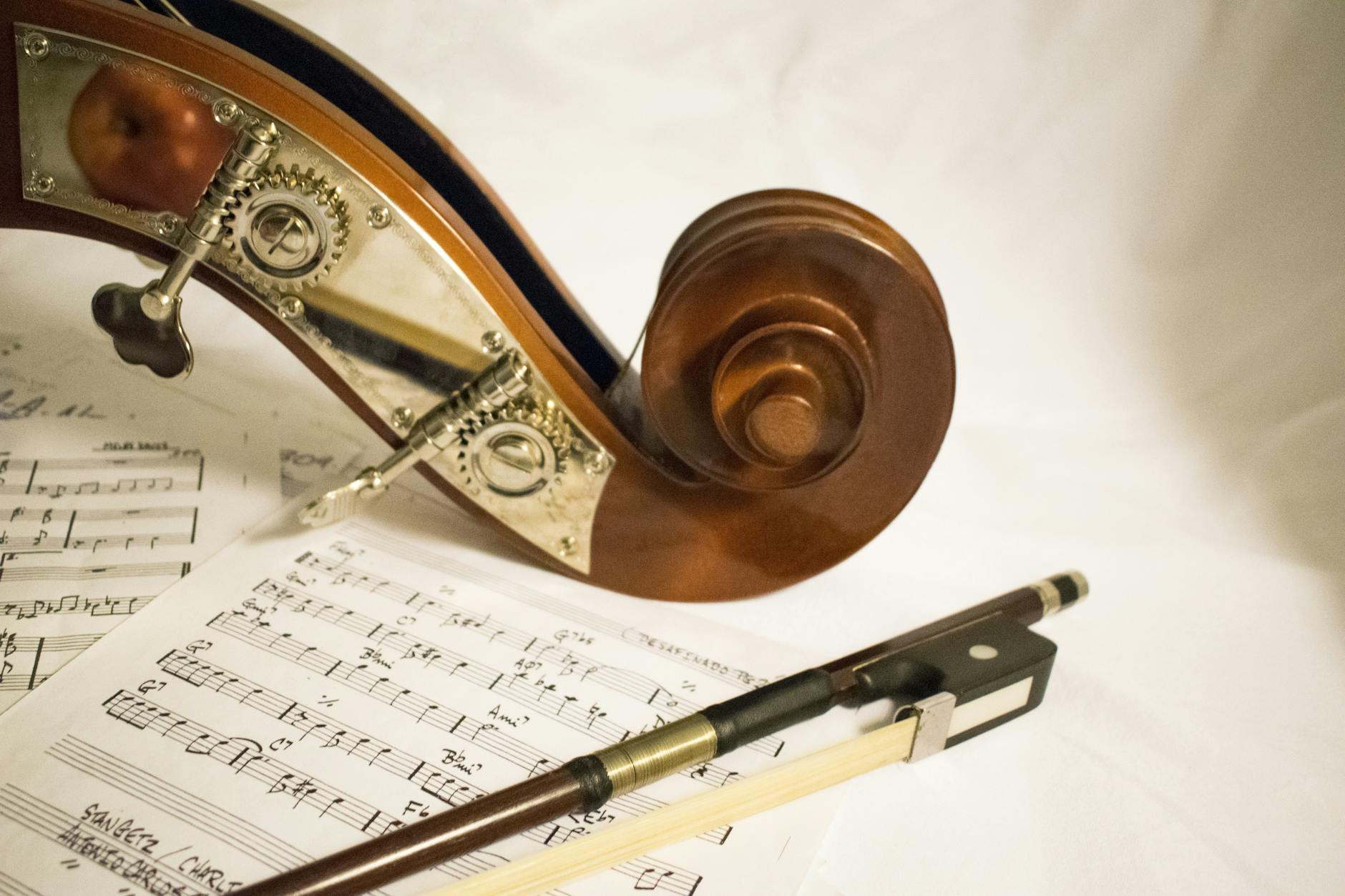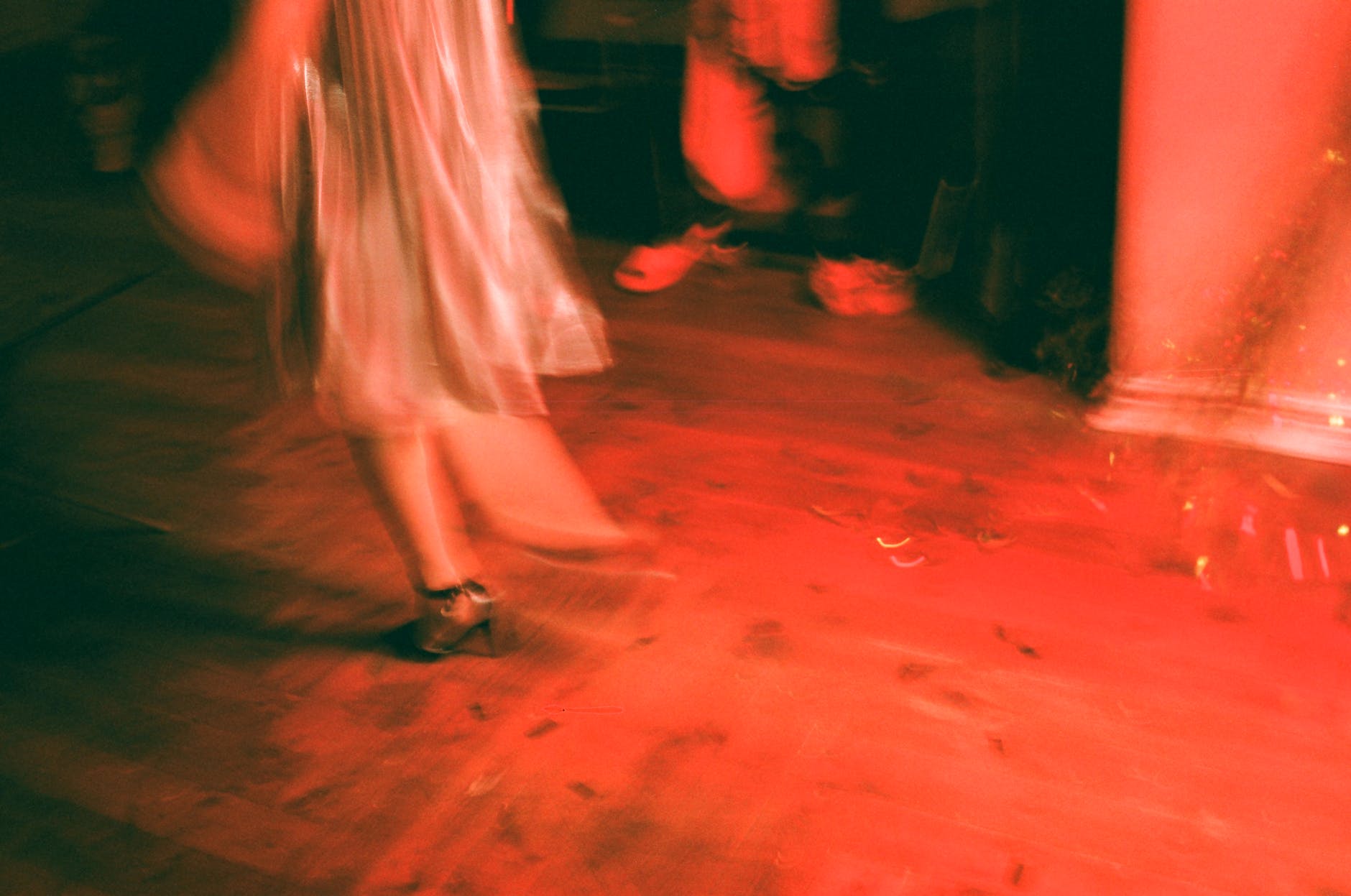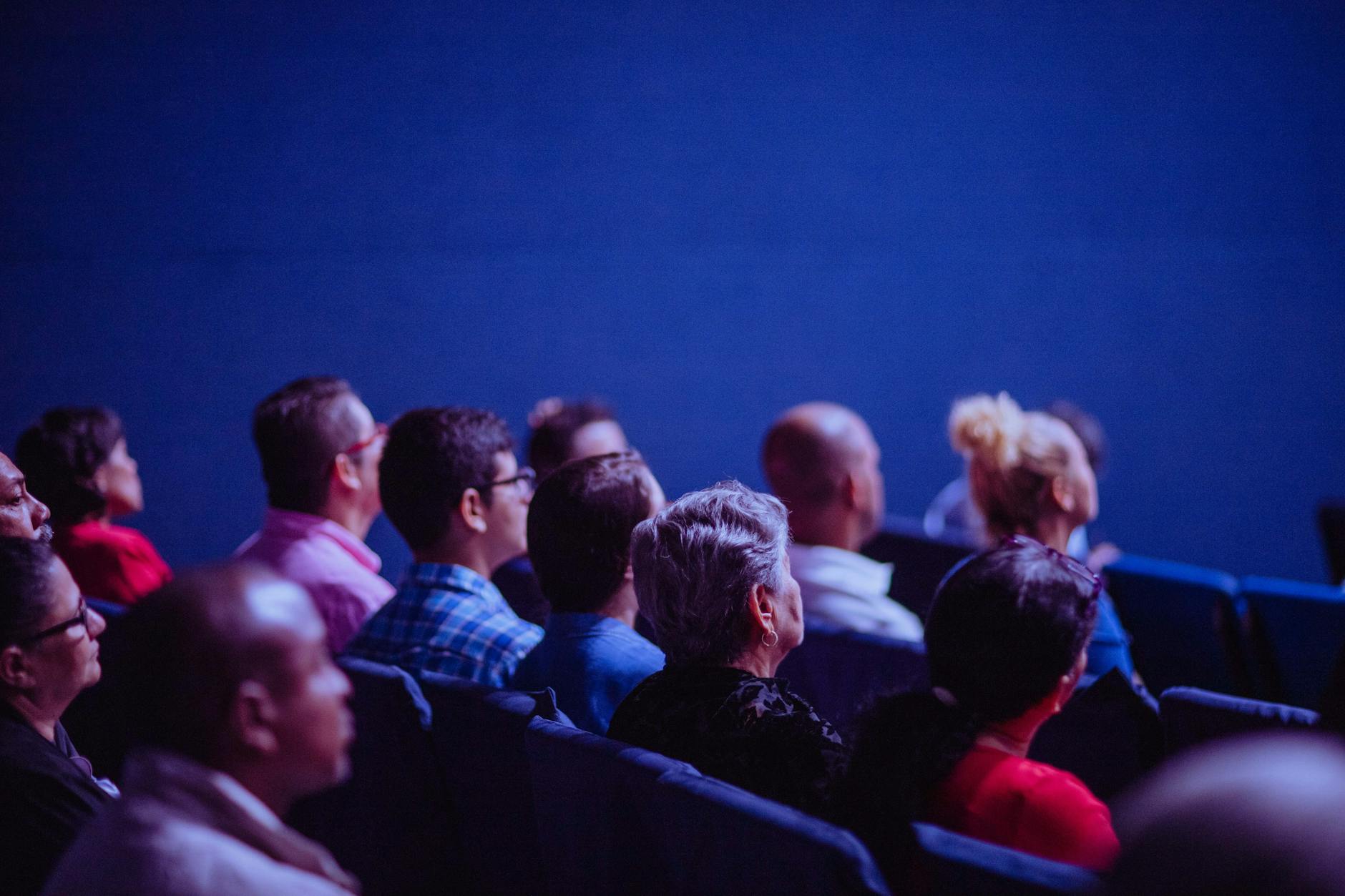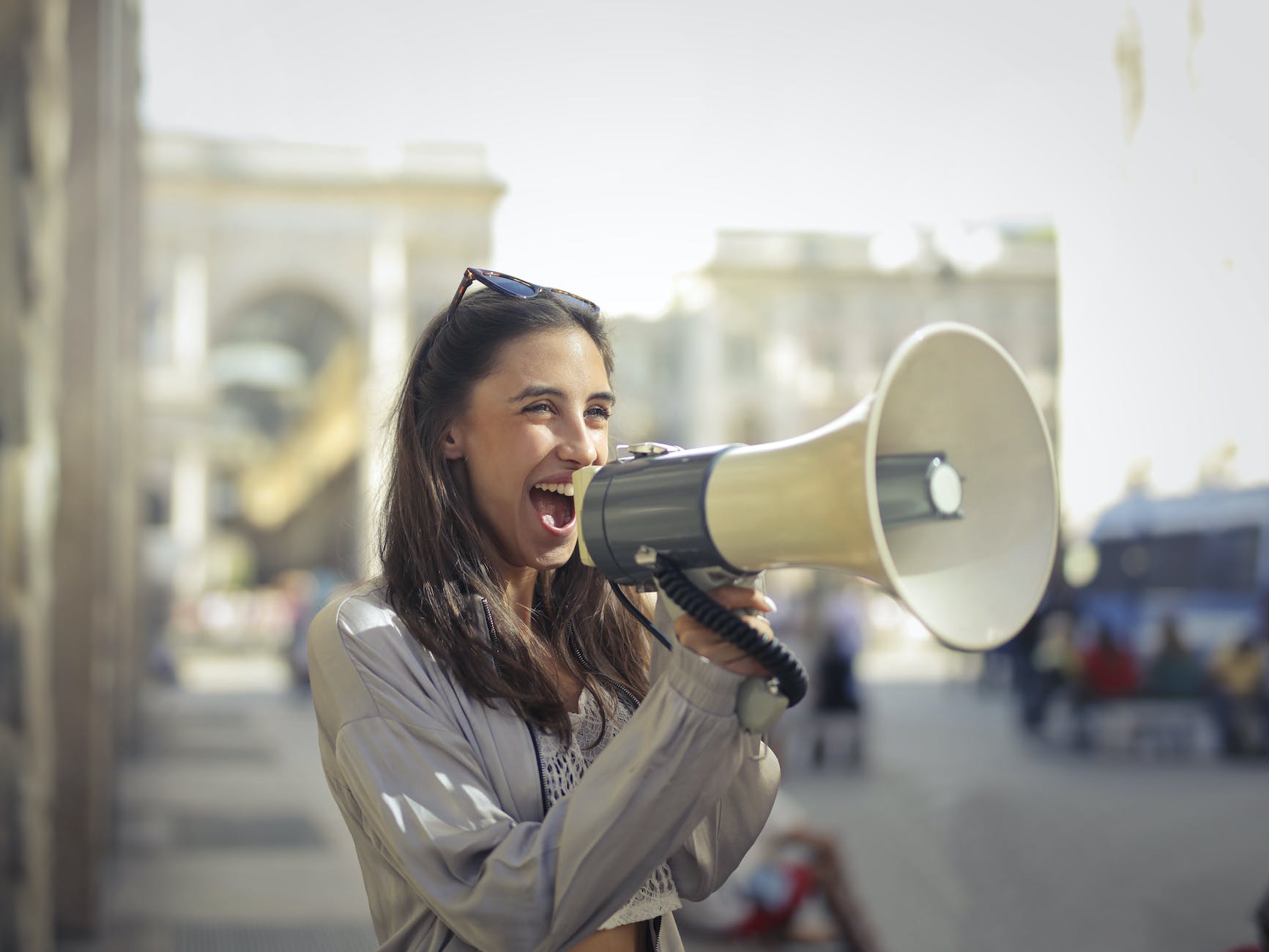In the sphere of aesthetics, two elements that have found a harmonious balance across centuries and cultures alike are art and music. Yet, within this expansive nexus, one unique, often under-explored facet exists – the liaison of Psychedelic Art and Music. This amalgamation constitutes a multihued tapestry, reminiscent of hypnagogic visions, and traces its roots back to the counterculture rebellion of the 1960s. While it has outgrown its confines, psychedelia’s core essence continues to vibrate with collaborations, a synergistic energy, and visual interpretations in a way that is equal parts seductive and profound.
At the dawn of the 20th century, the perception of music and art underwent a drastic transformation. As the haze of the Beat Generation gave way to the vibrancy of the Hippie counterculture, psychedelic art began to bloom. Drawing inspirations from the altered states of consciousness, artists began to explore bold colors, distorted forms, and surrealistic imagery. This movement didn’t merely remain confined within the frame, rather it seeped into album covers, concert visuals, and even live performances, becoming an integral part of the burgeoning psychedelic rock scene.
Album covers formed a significant junction where the worlds of music and Psychedelic Art intersected. Artists like Peter Blake, created monumental pieces like the Beatles’ ‘Sgt. Pepper’s Lonely Hearts Club Band’ cover art, considered a classic emblem of psychedelia. The purpose of these album covers used to be more than mere decoration. They acted as gateways into the sensory experience that the music promised, enhancing the aura around the album, and reinforcing its thematic undertones.
Complimenting the auditory stimuli of live performances, concert visuals incorporated Psychedelic Art to push the boundaries of sensory experience. Creating a feeling of synesthesia, these visuals interpret the music into surreal, flowing images that amplify the perception of music. A prime example of this artistry in motion is The Grateful Dead’s concert visuals. Known for their long, improvisational jams and ardent fan following, they teamed up with multimedia art collective ‘The Light Sound Dimension’ to create a visual spectacle that mirrored their eclectic sound.
The synthesis of Psychedelic Art and music also breathed life into dedicated art forms like rock posters. An iconic work that stems from this collaboration is Rick Griffin’s ‘Flying Eyeball’—created for the Jimi Hendrix Experience’s concert at Fillmore Auditorium. This piece of art viscerally complemented the hallucinogenic, electric blues that characterized Hendrix’s music.
Music festivals are a galvanizing platform where Psychedelic Art and music find the perfect synergy. Considered to be the spiritual homes of counter-culture, music festivals like Woodstock, Monterey Pop, and Coachella have diligently presented better visual interpretations of music through their psychedelic stage designs and atmospheres. Music and art fuse together at these festivals to create a shared, transformative experience unattainable elsewhere.
The underpinning philosophy of psychedelia is liberation—an unshackling of the mind from conventional, linear thinking that explores creative freedom in its purest form. When this ethos converges with music, it fosters a playground for artistic incestuousness. In the words of Wassily Kandinsky, “Color is the keyboard, the eyes are the harmonies, the soul is the piano with many strings. The artist is the hand that plays, touching one key or another, to cause vibrations in the soul.”
In conclusion, the fusion of Psychedelic Art and music is a fascinating journey into a universe where senses intertwine and perspectives collide. This beautiful chaos that arises argues for the elastic potential of our minds to perceive and create. It’s more than just music, or art. It’s a colorful movement, resonating with unfettered spirit and vibrancy, and continues to inspire generations with its timeless appeal.








